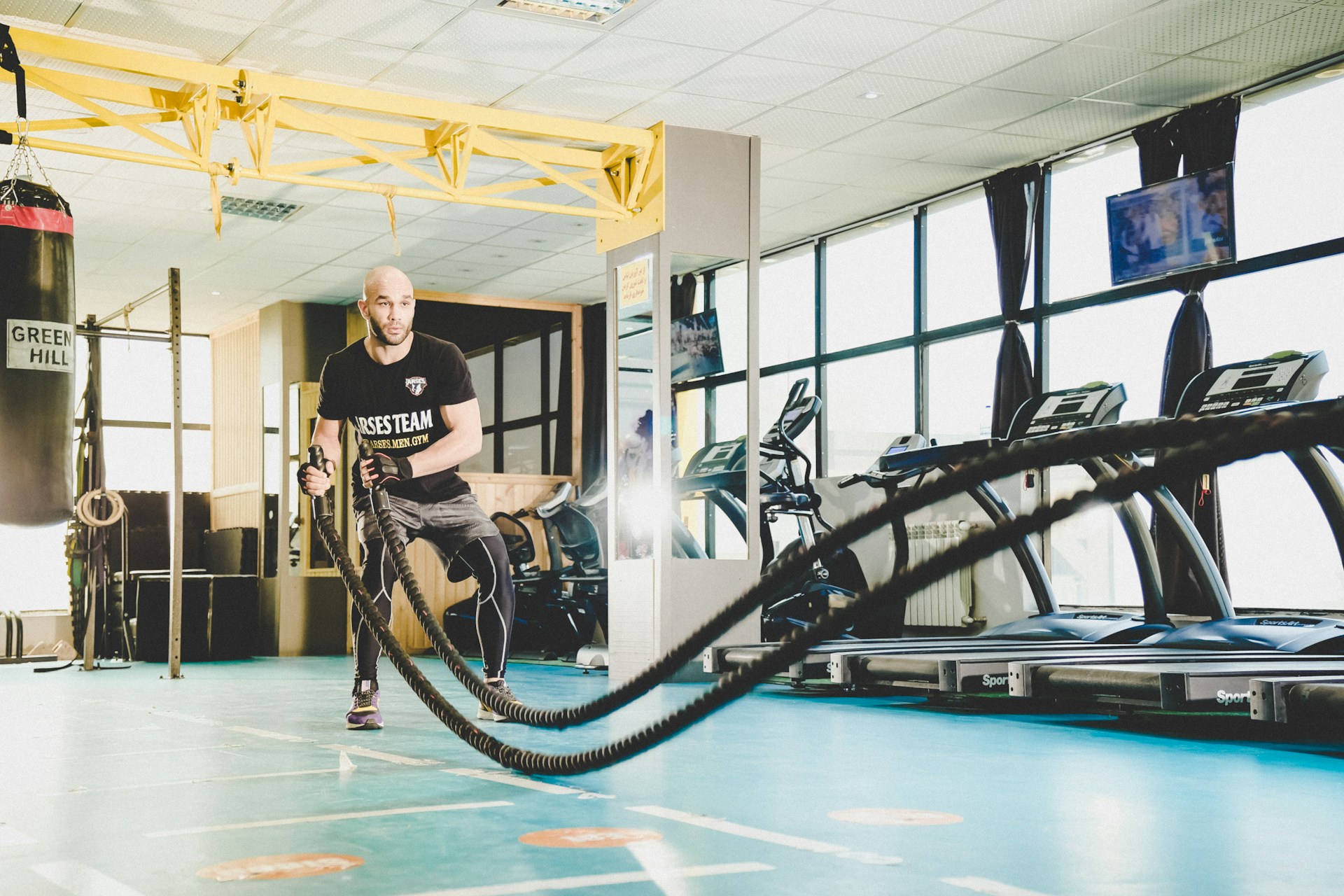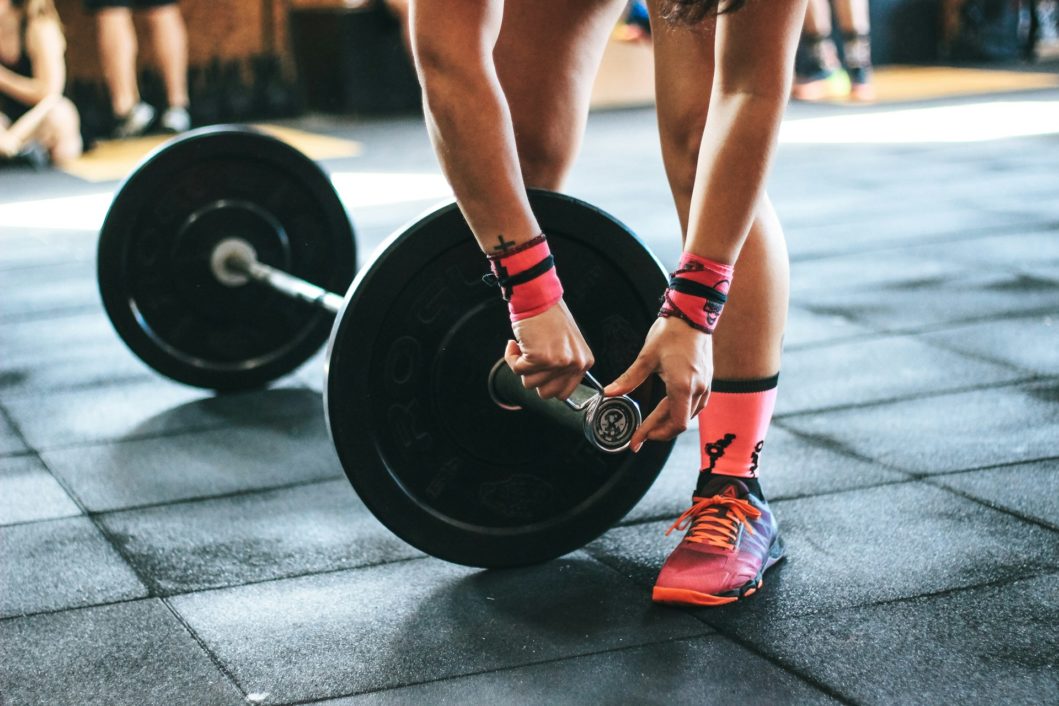For athletes striving for peak performance, traditional gym workouts are just the beginning. Beyond lifting weights and pounding treadmills, elite athletes incorporate a diverse range of cross-training activities into their fitness regimens to enhance strength, agility, and overall athletic prowess. From swimming and cycling to yoga and martial arts, cross-training offers a plethora of benefits that extend far beyond the confines of the gym.

At its core, cross-training involves engaging in activities outside of one’s primary sport to improve overall fitness and prevent overuse injuries. By varying the types of movements and stress placed on the body, athletes can address muscular imbalances, improve flexibility, and reduce the risk of repetitive strain injuries common in many sports. For example, a runner may incorporate cycling or swimming to provide low-impact cardiovascular conditioning while giving their joints a much-needed break from the pounding of pavement.
One of the key advantages of cross-training is its ability to target different muscle groups and movement patterns that may be neglected in a sport-specific training routine. For instance, a basketball player may incorporate Pilates or yoga to improve core strength, balance, and flexibility, which are essential for agility and injury prevention on the court. Similarly, a soccer player might include strength training exercises like squats and lunges to build lower body power and stability, complementing their on-field skills.
Moreover, cross-training offers mental benefits that go beyond physical fitness. Engaging in new activities stimulates the mind, prevents boredom, and reignites motivation, helping athletes stay mentally fresh and avoid burnout. The camaraderie and social interaction inherent in many cross-training activities also provide a welcome break from the solitary grind of individual sport training, fostering a sense of community and support among athletes.
In recent years, functional training modalities such as CrossFit, TRX, and obstacle course racing have gained popularity among athletes seeking dynamic, full-body workouts that mimic real-life movement patterns. These high-intensity training methods not only improve strength and cardiovascular fitness but also enhance coordination, agility, and mental toughness—qualities that are invaluable in competitive sports.
Furthermore, cross-training serves as a valuable tool for rehabilitation and injury prevention. Athletes recovering from injuries often turn to alternative activities that allow them to maintain fitness levels while minimizing stress on the injured area. Activities like swimming, cycling, and water aerobics provide low-impact options for cardiovascular conditioning, while activities like yoga and Pilates help improve flexibility and joint mobility, aiding in the rehabilitation process.
In conclusion, cross-training is a vital component of elite athlete fitness regimens, offering a multitude of physical, mental, and rehabilitative benefits. By incorporating diverse activities that challenge the body in new ways, athletes can achieve a more well-rounded level of fitness, enhance performance, and prolong their athletic careers. Whether it’s hitting the pool, hitting the trails, or hitting the mat, the possibilities for cross-training are endless, providing athletes with the tools they need to excel both on and off the field.

